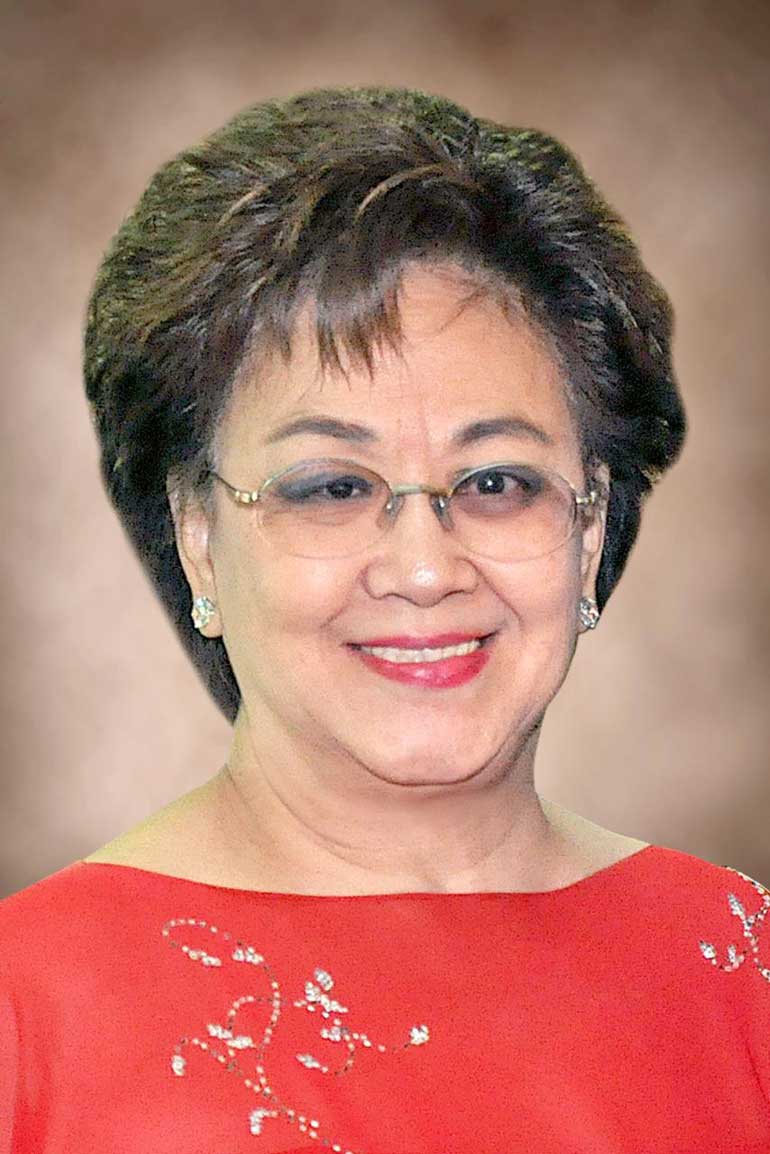By Arjay L. Balinbin, Senior Reporter
THE proposed tax incentives for San Miguel Aerocity’s Bulacan airport project is prompting other groups to explore the possibility of securing similar perks for their own projects.
However, the Finance department is opposed to a House panel’s move to exempt the San Miguel Corp. (SMC) subsidiary from all taxes while building the airport, saying it does not want this to set a precedent.
Chelsea Logistics and Infrastructure Holdings Corp., which has an unsolicited proposal to modernize the Davao International Airport, may consider requesting the same incentives.
“If there will be such a thing, then chances are that we can also request (tax incentives),” Chelsea Logistics President and Chief Executive Officer Chryss Alfonsus V. Damuy said in a phone message.
The province of Cavite also wants to explore the same perks for its Sangley airport project with the consortium of MacroAsia Corp. and China Communications Construction Co. Ltd. (CCCC).
“We are studying all angles. Every project should be on equal footing,” Cavite Governor Juanito Victor “Jonvic” C. Remulla told BusinessWorld in a phone message on Aug. 28, adding he will discuss the matter with President Rodrigo R. Duterte.
The House Ways and Means Committee on Aug. 26 approved the tax provision of a bill granting a 50-year franchise for San Miguel Aerocity to build and operate the airport.
Under the measure, the SMC unit will be exempted from paying income taxes, value-added taxes (VAT), percentage taxes, excise taxes, documentary stamp taxes, customs duties and tariffs, taxes on real estate, buildings and personal property, business taxes, franchise taxes, and supervision fees.
After the end of the construction period, San Miguel Aerocity will continue to be exempt from income tax and taxes on real estate, buildings and property for the remainder of its franchise.
“We don’t want precedents, so we’re taking that position with the Bulacan project,” Finance Assistant Secretary Maria Teresa S. Habitan said in a phone message.
Ms. Habitan earlier said the Finance department is “not okay” with the proposed tax incentives for the Bulacan airport project, which is an unsolicited proposal, as “under the build-operate-transfer (BOT) law, the government must not provide subsidies or guarantees to proponents.”
Antonio A. Ligon, law and business professor at De La Salle University, said once Congress approves the Bulacan airport bill, similar projects will also seek the same tax treatment.
“While the power to tax belongs solely to Congress, tax exemptions must be strictly scrutinized and should not be granted easily to a private entity, especially if the project is not for charitable, educational, or religious purposes,” Mr. Ligon said in a phone interview.
‘HUGE GAP’ IN TAX REGIMES
Maria Lourdes P. Lim, tax managing partner at Isla Lipana & Co., PwC Philippines, said in a phone message there are some airport operators that are exempted from paying real property tax (RPT) such as Manila International Airport Authority (MIAA), Mactan-Cebu International Airport Authority (MCIAA), and Clark International Airport Corp. (CIAC), which also enjoys the 5% gross income tax (GIT) incentive.
The House bill for San Miguel Aerocity’s franchise “appears to have granted a much broader exemption,” Ms. Lim said.
“Under the House bill, revenues from the airport operations of San Miguel Aerocity will be entitled to much better incentives since it grants income tax exemption for the entire 50-year concession period as compared to the 5% GIT being enjoyed by CIAC and the mere RPT exemption for MIAA and MCIAA, both government agencies,” she said, noting that the bill also provides further exemption from all other taxes including VAT, local business tax and RPT.
Ms. Lim said further the “huge gap” in the tax regimes between San Miguel Aerocity and the other airport operators “may raise a concern under Article VI, Section 28 of the 1987 Constitution which mandates uniformity in taxation.”
She argued they all belong to “the same class and are similarly situated.”
“Perhaps the transcript of congressional deliberations may give guidance to confirm whether the legislators provided for substantial standards and for the legislative purpose for the different tax treatment,” Ms. Lim added.
However, House Ways and Means Committee Chairman Albay Rep. Jose Maria Clemente S. Salceda said these airport franchises are not “similarly situated” since MIAA, CIAC and MCIAA are government-owned-and-controlled corporations (GOCCs).
“In the case of the three GOCCs, we were going to do the project anyway, with or without the tax incentives. In the case of the Bulacan airport, the operator and developer of a publicly needed infrastructure project is a private enterprise. The incentives have some bearing on whether the project actually pushes through…. So, I think the idea of giving them a different set of tax incentives is justified. We can argue the limits of these incentives, however,” Mr. Salceda said.
“What is exceptional with the San Miguel Aerocity franchise is that although it is owned fully by the private sector, we will be gaining from its profits in excess of a 12% margin. We have not granted any recent franchise to a private enterprise that has a similar provision. So, that’s a win for the government,” he added.
The New Manila International Airport, Mr. Salceda said, will be a direct investment equivalent to 4% of the country’s gross domestic product.
“The indirect benefits, in the form of returns to government in excess of the 12% profit margin, massive job creation in Central Luzon and the surrounding regions, increased investment in the area, and the decongestion of our air transport system, are also extraordinary, from our viewpoint,” he added.



